Definition
💡 Email storage space refers to the allocated capacity email service providers offer to store users' messages, attachments, and related data.
Depending on the provider and subscription plan, you get a certain amount of storage as you create an account.
When the storage limit is reached, you might get a notification from your provider (does "Hotmail inbox full" sound familiar?). In these cases, you can only receive new emails once you free up space, either by deleting messages or attachments.
Email providers like Gmail, Outlook, and Yahoo typically offer options to purchase additional storage.
Does email take up storage space on your device?
Yes, messages and files (or attachments) can take up storage space on your device, especially when your email provider automatically downloads messages for offline access.
This is common in Microsoft Outlook or Apple Mail, which typically store messages locally on computers and mobile devices. Web-based ones, such as Gmail or Yahoo Mail, primarily store emails in the cloud.
Whether your email automatically downloads messages, any attachments you download will consume local storage.
Mobile apps like Apple Mail and Gmail typically cache data to improve performance, which can also use device storage.
Does email take up storage space on iPhone?
Yes. The Mail app downloads and stores messages and attachments locally to allow offline access and improve performance.
Large attachments and extensive email threads can consume significant storage over time unless you manually clean up your mailbox and storage space on your iPhone.
The Mail app caches data to speed up loading times, which also uses up your device storage.
As mentioned above, other service providers like Outlook, Gmail, and Yahoo Mail can consume storage space if they automatically download your messages or you manually save attachments.
How to clean email storage space fast?
To quickly clean up email storage space, get to emails with large attachments first. Regularly empty your spam and trash folders to ensure only the necessary emails occupy space. Organize your inbox by archiving old emails and categorizing important ones into folders.
Use an email management tool like Clean Email to optimize the process. It offers features such as Cleaning Suggestions, which provide personalized recommendations for deleting or archiving less important emails — based on their importance and your usage patterns.
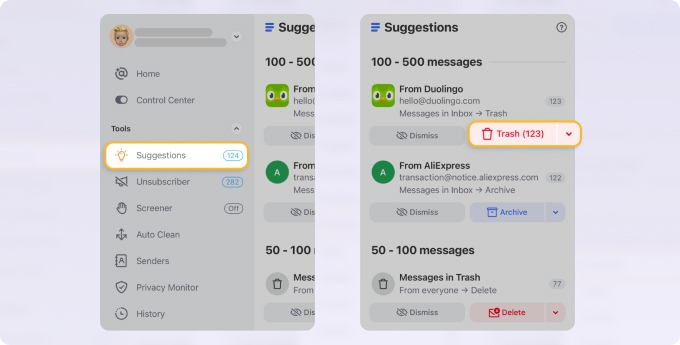
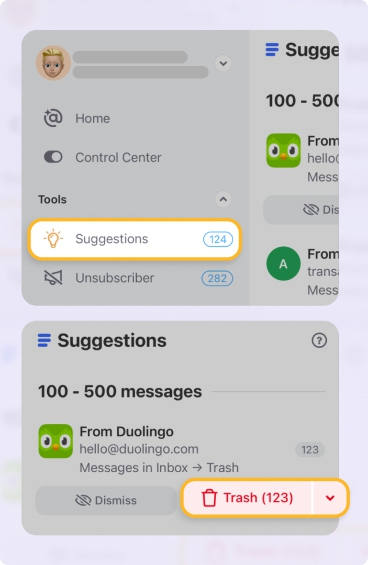
It also has the Unsubscriber tool that removes you from unwanted newsletters and bulk mail, which prevents future clutter. And all the functionality is available for both desktop and mobile users, giving them the opportunity to clean email storage space quickly.
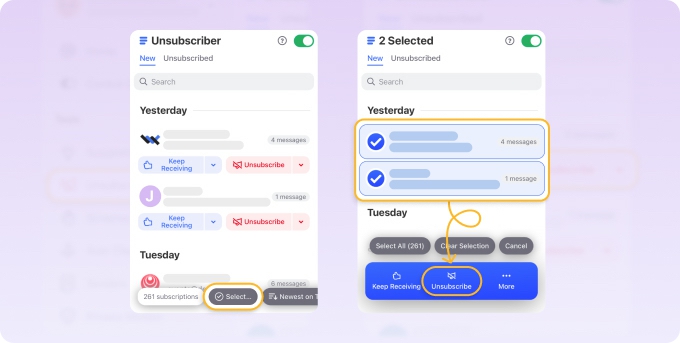
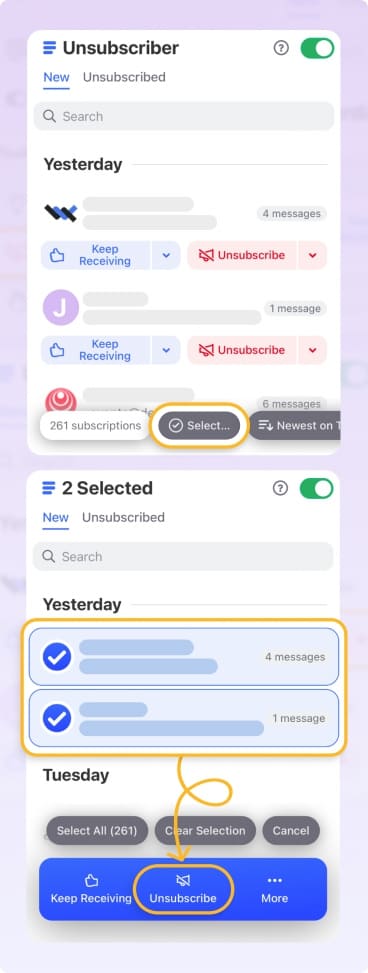
How to check Gmail email storage space
To check your Gmail email storage space, open Gmail and log into your account. Scroll down to the bottom of the main inbox page; you'll see a storage indicator showing the amount of space you've used out of your total allocated storage.
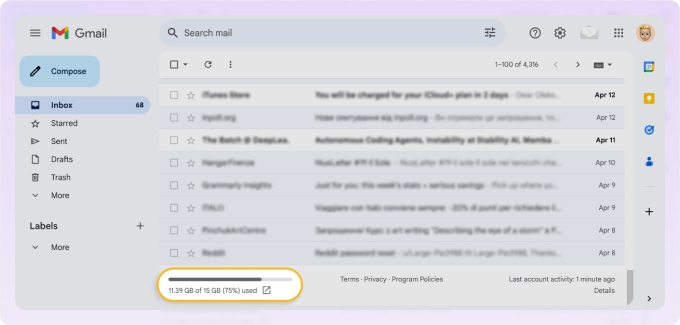
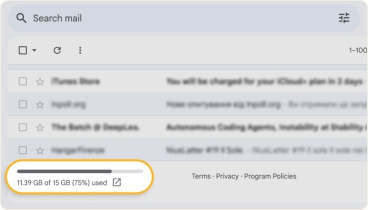
How to check email storage space in Outlook
To check your storage space in Outlook, log into your account via the web or desktop application. Once logged in, click on the gear icon for Settings at the top right corner of the page.
Navigate to the General tab and click Storage to view a detailed breakdown of your storage usage, including how much space each folder and category occupies.
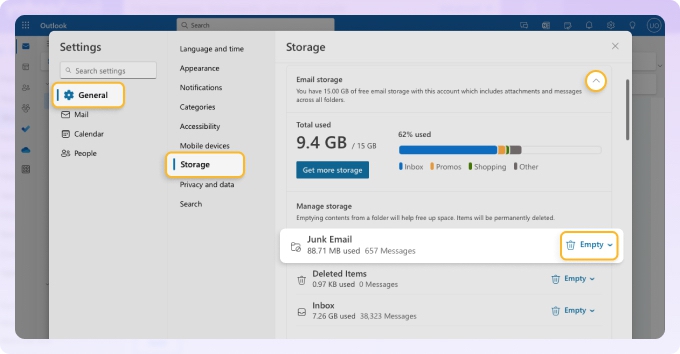
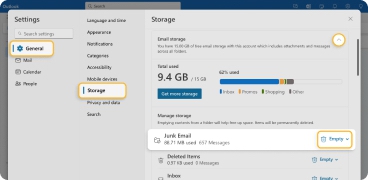
Is it possible to add extra storage to email?
Depending on the email service provider, you can add extra storage space to your account. For instance:
- Gmail: Purchase additional storage through Google One, which increases the overall storage shared across Gmail, Google Drive, and Google Photos.
- Outlook: Buy more Microsoft storage. If you're currently using the free Outlook, you need to upgrade to a paid subscription. If you're subscribed to Microsoft 365 Personal & Family, you can get more storage to as much as 1TB—on top of the 1TB you got with a Microsoft 365 subscription. Consumer mailbox limits go up to 50 GB. If you need more storage than this, you'll have to check out the Enterprise plans.


